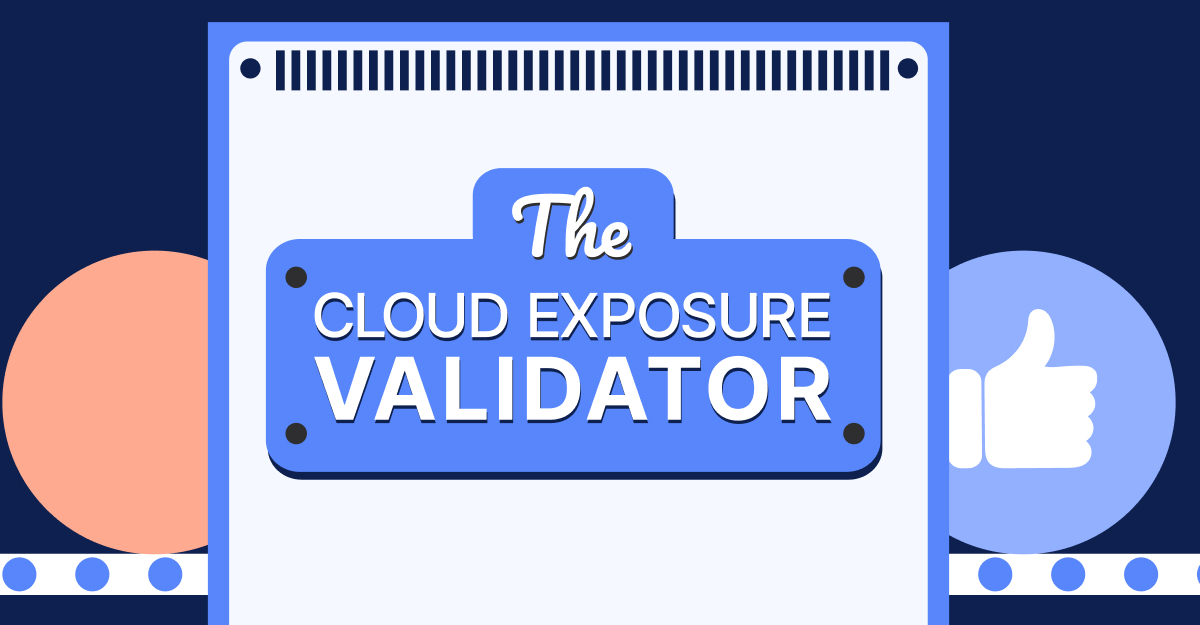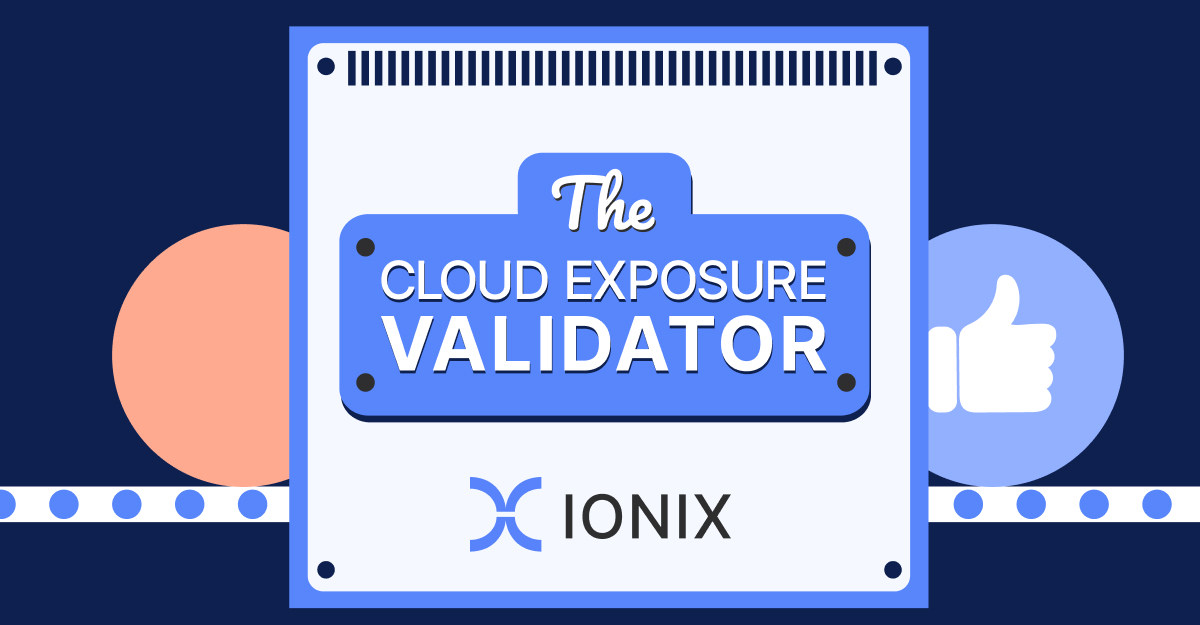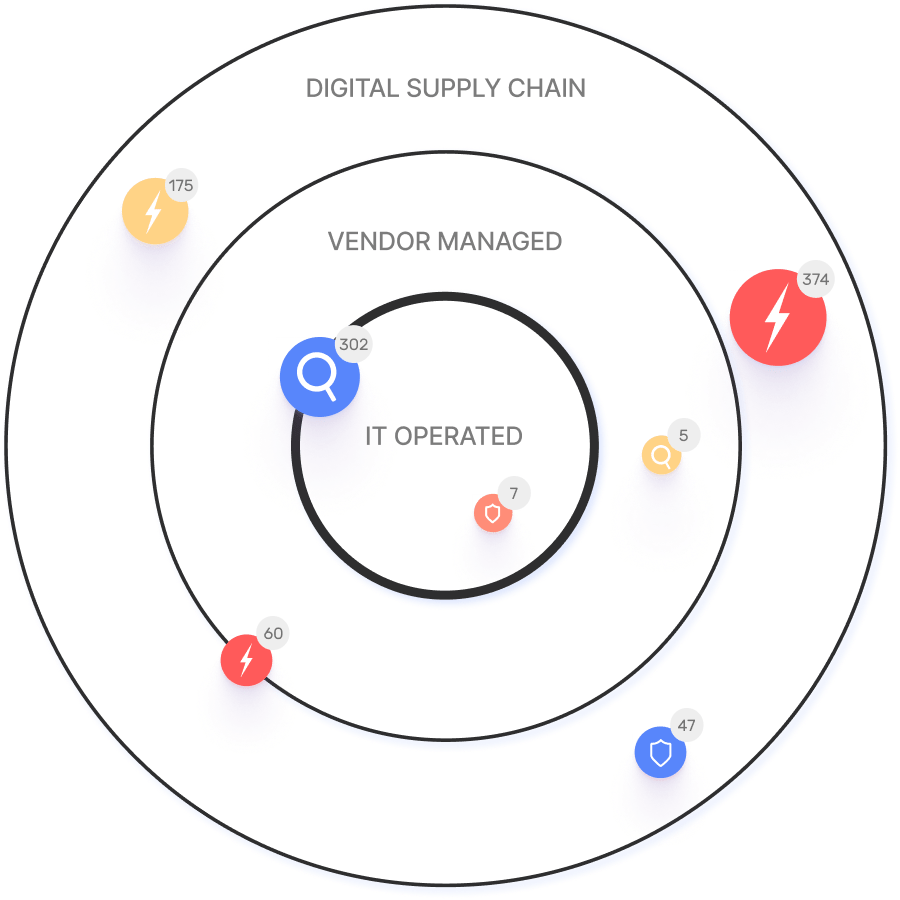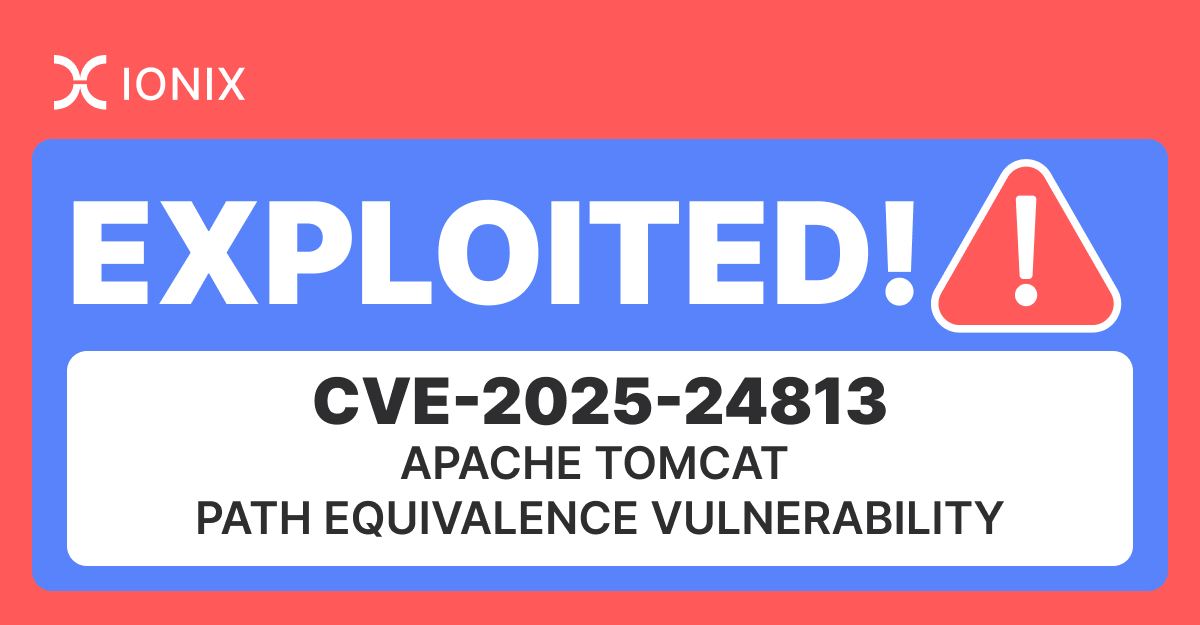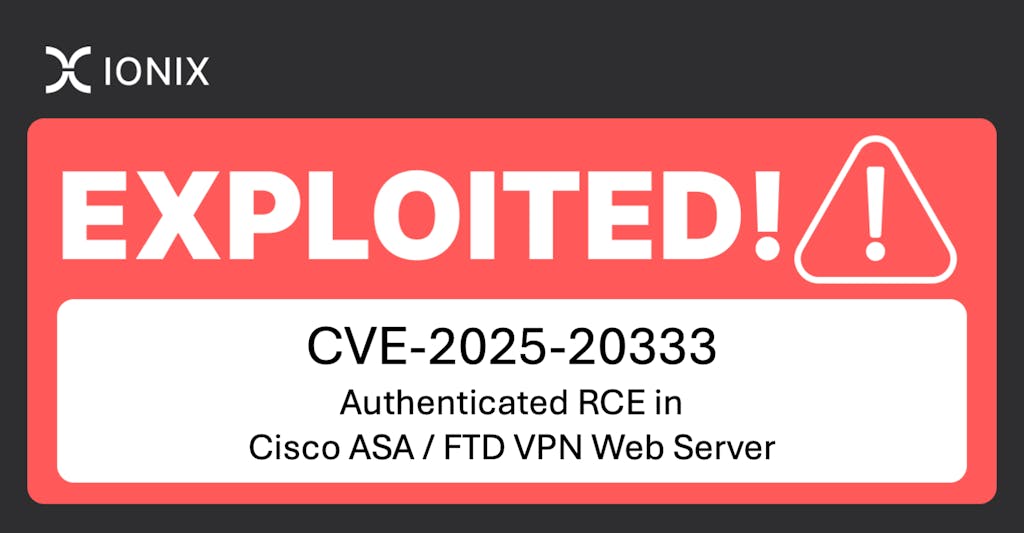Frequently Asked Questions
Apache Tomcat Path Equivalence Vulnerability (CVE-2025-24813)
What is CVE-2025-24813 Apache Tomcat Path Equivalence Vulnerability?
CVE-2025-24813 is a critical security vulnerability in Apache Tomcat caused by improper handling of path equivalence checks involving filenames with internal dots. This flaw can lead to unauthorized information disclosure, file manipulation, and even remote code execution (RCE). For more details, see the Apache Security Advisory and NVD CVE-2025-24813.
Which Apache Tomcat versions are affected by CVE-2025-24813?
The affected versions include:
- 9.0.0.M1 through 9.0.98
- 10.1.0-M1 through 10.1.34
- 11.0.0-M1 through 11.0.2
What are the default conditions that make Apache Tomcat vulnerable to CVE-2025-24813?
Default conditions include:
- Default servlet configured with write permissions (readonly set to false)
- Partial PUT requests enabled (default setting)
What mitigation steps are recommended for CVE-2025-24813?
Recommended mitigation steps include:
- Update Apache Tomcat to the latest version (9.0.99, 10.1.35, or 11.0.3).
- Implement strict access controls.
- Monitor server logs for suspicious activity.
If immediate upgrade isn’t feasible, set the default servlet to read-only and disable partial PUT requests in your configuration. For more details, see the Apache Security Advisory.
What is the importance of patching Apache Tomcat for CVE-2025-24813?
Patching is essential to mitigate risks such as remote code execution, information disclosure, and file manipulation. Immediate upgrades to secure versions are recommended to prevent exploitation and ensure server security.
Am I impacted by CVE-2025-24813?
You may be impacted if your systems use Apache Tomcat and have not been updated to address this vulnerability. IONIX is actively tracking CVE-2025-24813 and has developed a full exploit simulation model to assess which customers have impacted assets. IONIX customers can view updated information on their specific assets in the threat center of the IONIX portal. For more details, visit the official blog.
Where can I find more information about Apache Tomcat Path Equivalence Vulnerability?
You can find more information about this vulnerability on the Apache Security Advisory page and the NVD CVE-2025-24813 page.
IONIX Platform Features & Capabilities
What does IONIX do?
IONIX is an External Exposure Management platform designed to identify exposed assets and validate exploitable vulnerabilities from an attacker's perspective. It enables security teams to prioritize critical remediation activities by cutting through the flood of alerts. Key features include complete attack surface visibility, identification of potential exposed assets, validation of exposed assets at risk, and prioritization of issues by severity and context. Learn more at Why Ionix.
What features does IONIX offer?
IONIX offers features such as Attack Surface Discovery, Risk Assessment, Risk Prioritization, and Risk Remediation. The platform highlights include the ability to discover all that matters, monitor your changing attack surface, and ensure more assets with less noise. For more details, visit Attack Surface Discovery.
What integrations does IONIX support?
IONIX integrates with tools like Jira, ServiceNow, Slack, Splunk, Microsoft Sentinel, Palo Alto Cortex/Demisto, and AWS services such as AWS Control Tower, AWS PrivateLink, and Pre-trained Amazon SageMaker Models. For more details, visit IONIX Integrations.
Does IONIX have an API?
Yes, IONIX has an API that supports integrations with major platforms like Jira, ServiceNow, Splunk, Cortex XSOAR, and more. For more details, visit IONIX Integrations.
What technical documentation is available for IONIX?
IONIX provides technical documentation, including guides, datasheets, and case studies, available on their resources page. You can explore these materials at IONIX Resources.
Security & Compliance
What security and compliance certifications does IONIX have?
IONIX is SOC2 compliant and supports companies with their NIS-2 and DORA compliance, ensuring robust security measures and regulatory alignment.
Use Cases & Customer Success
Who are some of IONIX's customers?
Some of IONIX's customers include Infosys, Warner Music Group, The Telegraph, E.ON, Grand Canyon Education, and a Fortune 500 Insurance Company. For more details, visit IONIX Customers.
Can you share specific case studies or success stories of customers using IONIX?
IONIX highlights several customer success stories, such as:
- E.ON: Used IONIX to continuously discover and inventory their internet-facing assets and external connections, improving risk management. Read more here.
- Warner Music Group: Boosted operational efficiency and aligned security operations with business goals. Learn more here.
- Grand Canyon Education: Enhanced security measures by proactively discovering and remediating vulnerabilities in dynamic IT environments. Details available here.
Which industries are represented in IONIX's case studies?
Industries represented in IONIX's case studies include Insurance and Financial Services, Energy, Critical Infrastructure, IT and Technology, and Healthcare.
How long does it take to implement IONIX and how easy is it to start?
Getting started with IONIX is simple and efficient. The initial deployment takes about a week and requires only one person to implement and scan the entire network. Customers have access to onboarding resources like guides, tutorials, webinars, and a dedicated Technical Support Team to assist every step of the way. For more details, visit this page.
What training and technical support is available to help customers get started with IONIX?
IONIX offers streamlined onboarding resources such as guides, tutorials, webinars, and a dedicated Technical Support Team to assist customers during the implementation process. For more details, visit this page.
Product Performance & Differentiation
How does IONIX perform compared to other solutions?
IONIX earned top ratings for product innovation, security, functionality, and usability. It was named a leader in the Innovation and Product categories of the ASM Leadership Compass for completeness of product vision and a customer-oriented, cutting-edge approach to ASM. For more details, visit this page.
Why should a customer choose IONIX over alternatives?
Customers should choose IONIX for its innovative features such as ML-based 'Connective Intelligence' for better discovery, Threat Exposure Radar for prioritizing critical issues, and comprehensive digital supply chain coverage. Unlike alternatives, IONIX reduces noise, validates risks, and provides actionable insights, ensuring maximum risk reduction and operational efficiency. Learn more at Why IONIX.
Support & Implementation
What customer service or support is available to customers after they have purchased IONIX?
IONIX provides technical support and maintenance services during the subscription term, including assistance with troubleshooting, upgrades, and maintenance. Customers are assigned a dedicated account manager and benefit from regular review meetings to address issues and ensure smooth operation. For more details, visit this page.
Blog & Learning Resources
Where can I find IONIX's blog?
IONIX's Blog offers articles and updates on cybersecurity. Read our Blog
What kind of content is available on the IONIX blog?
The IONIX blog covers various topics related to cybersecurity and risk management, including vulnerability management and continuous threat exposure management. Explore more at the IONIX Blog.
